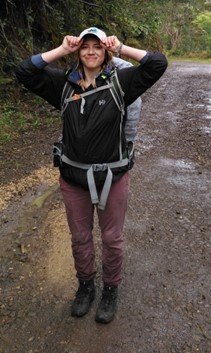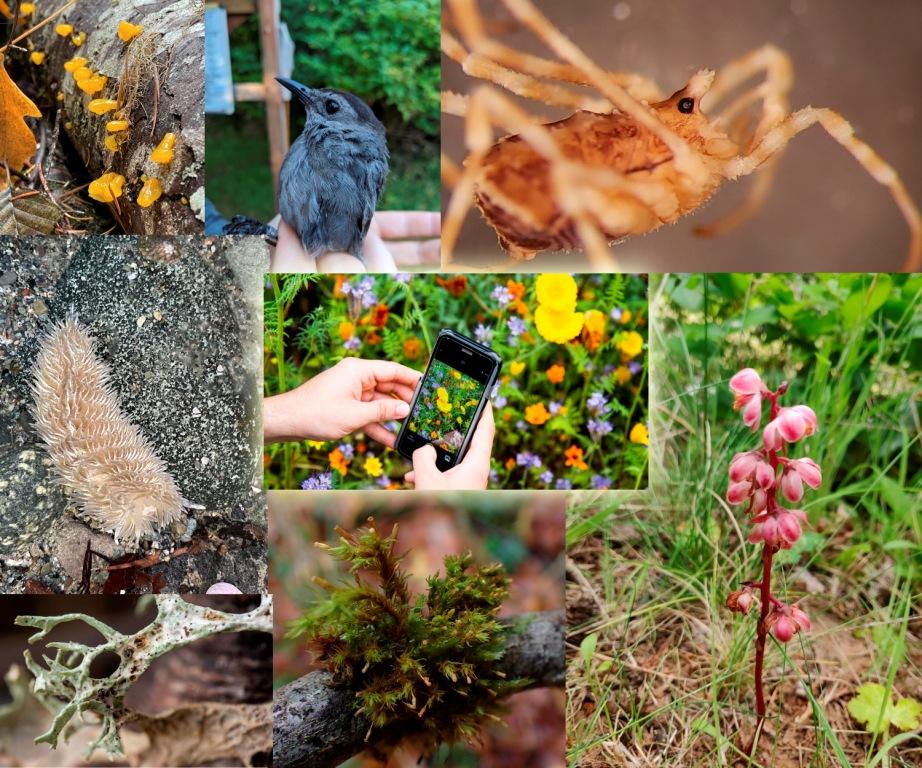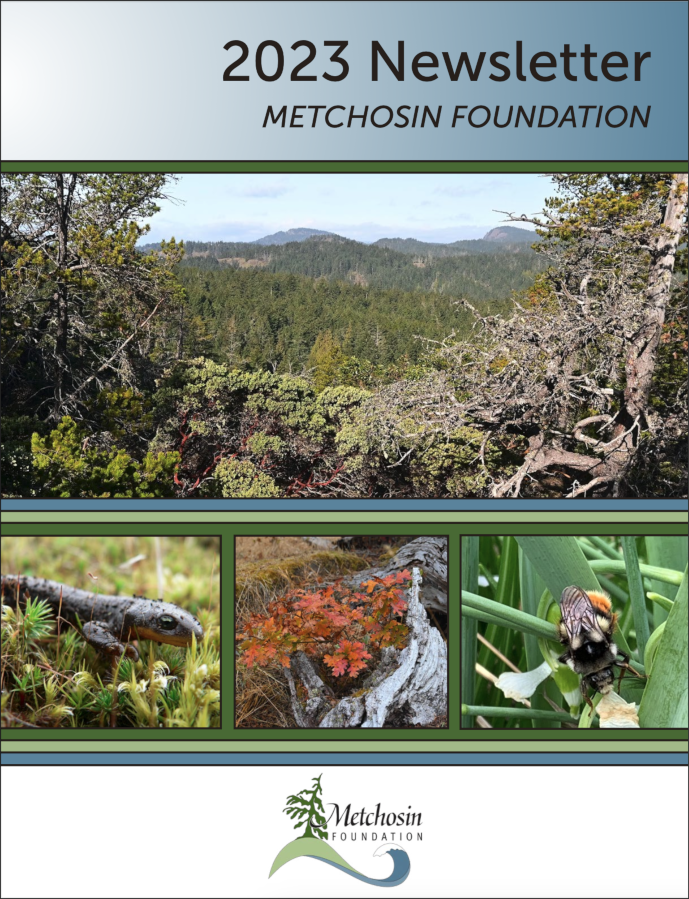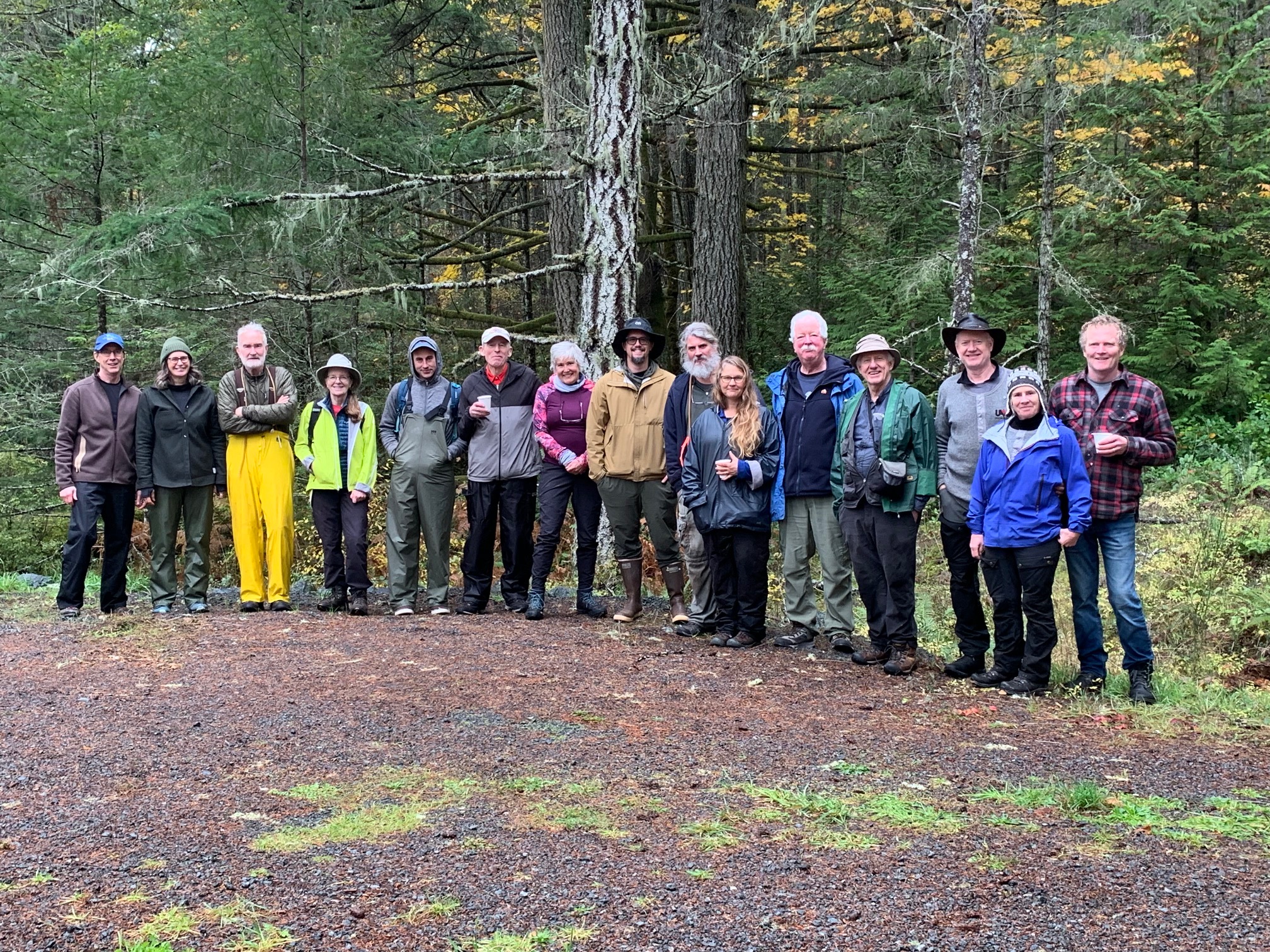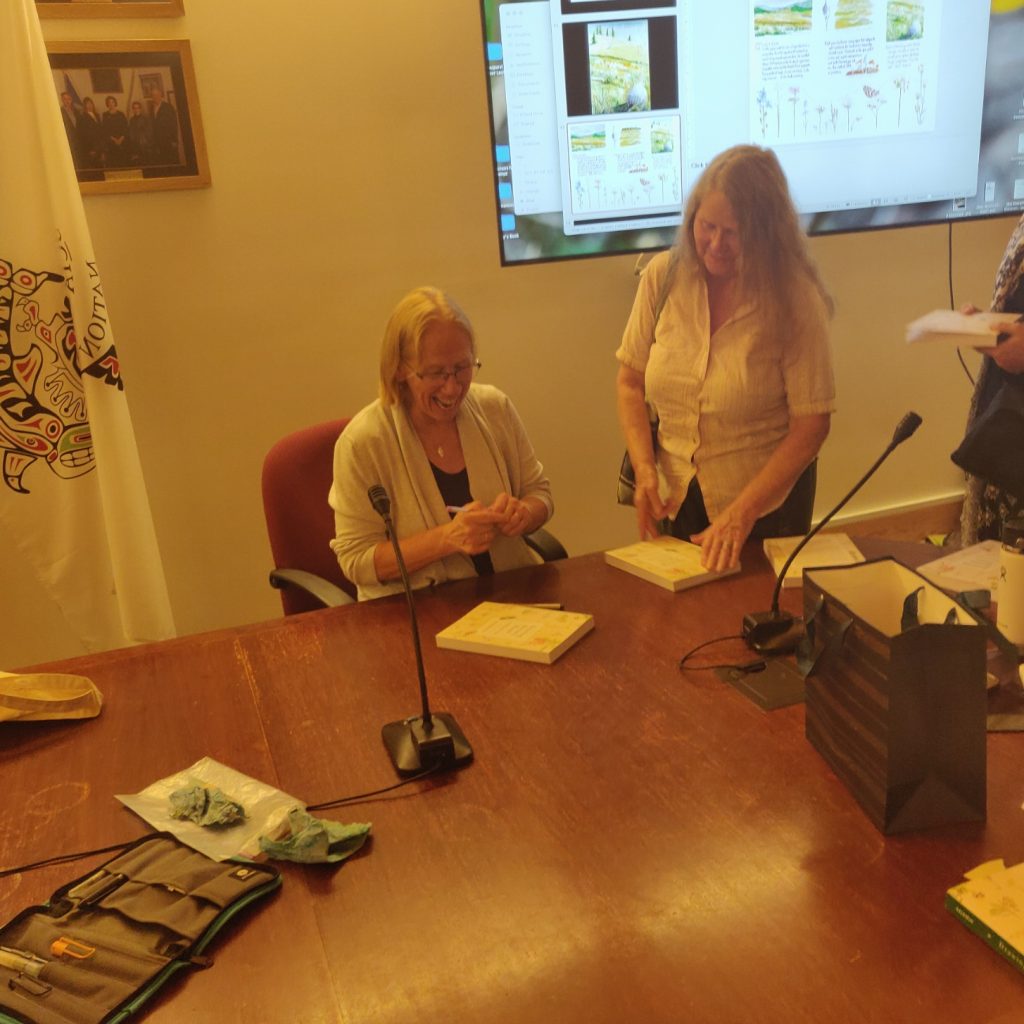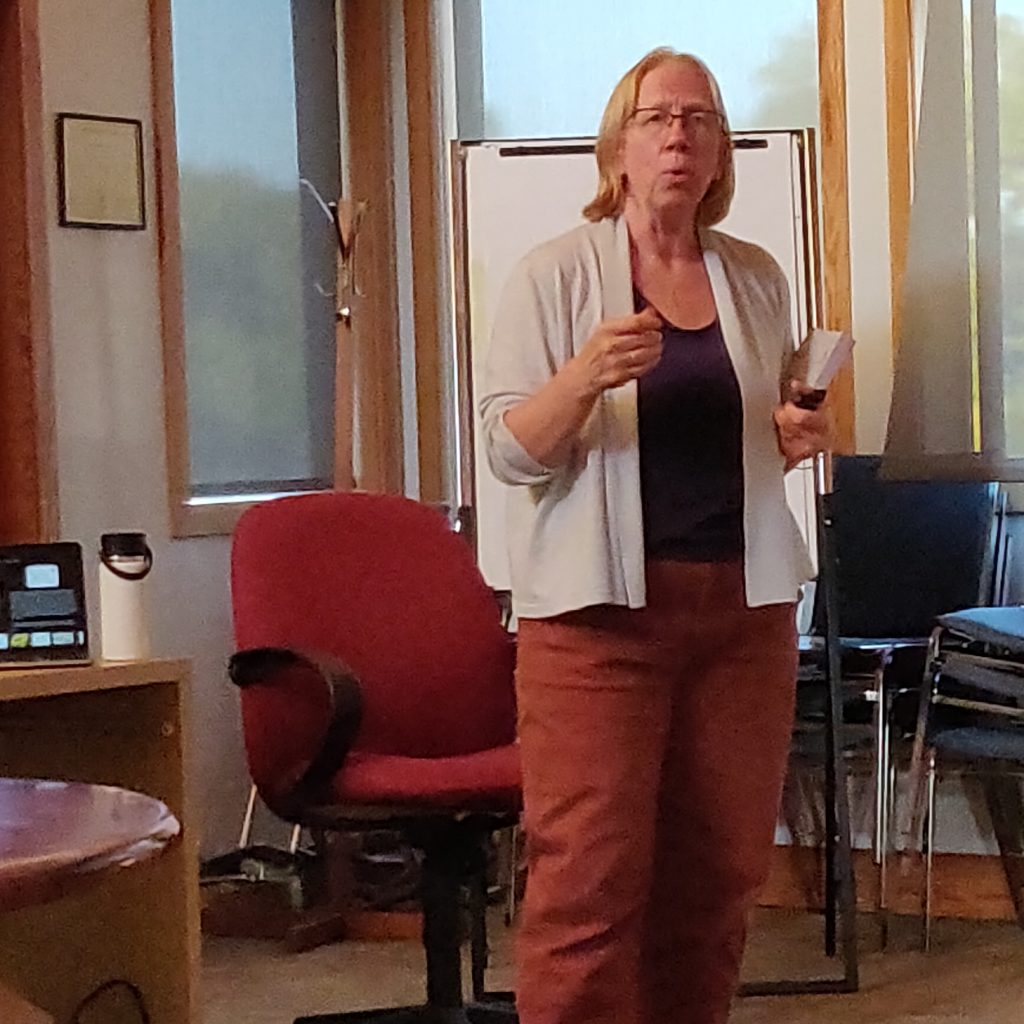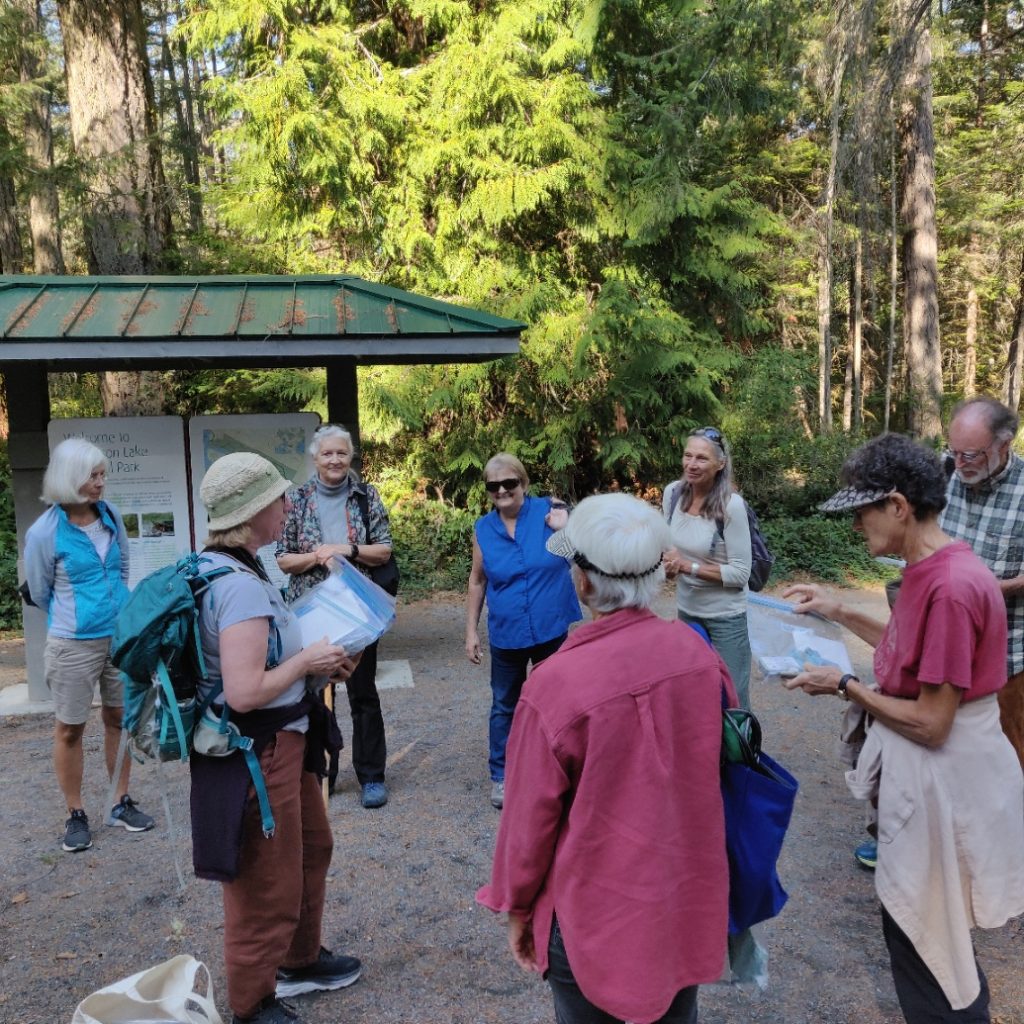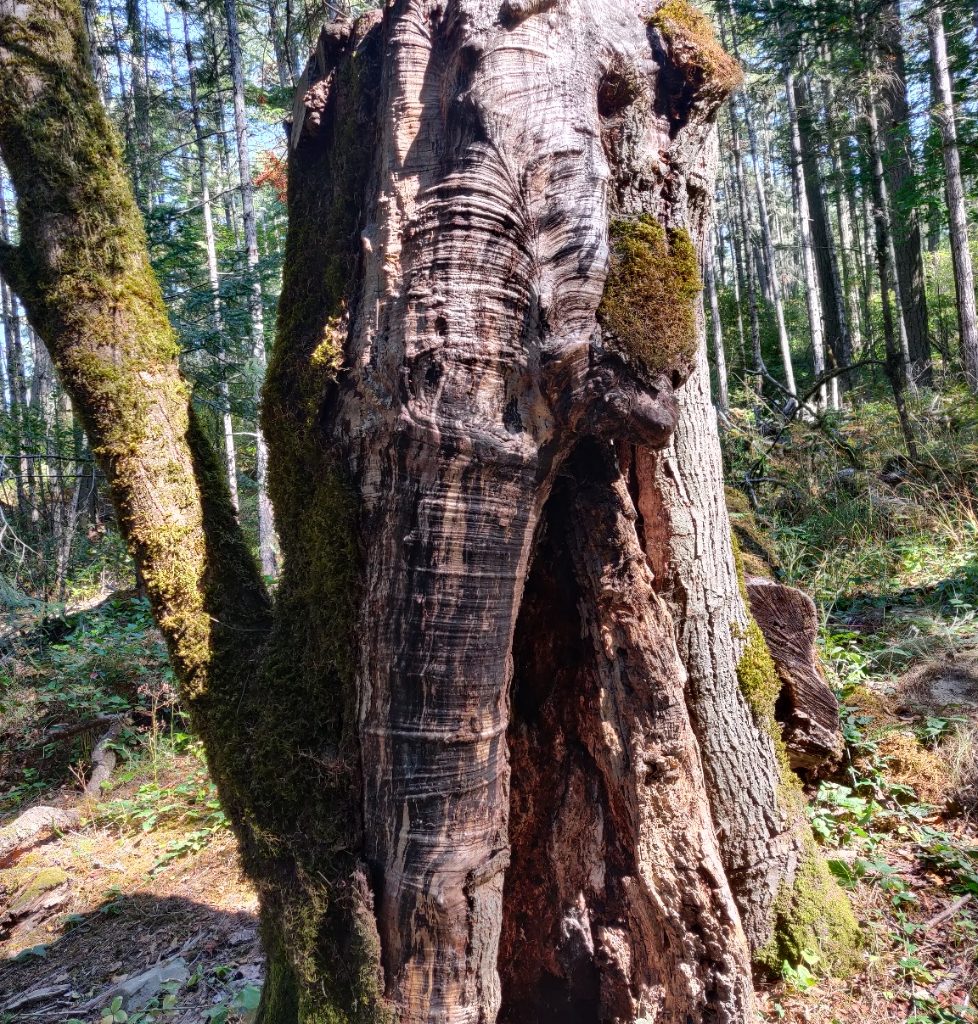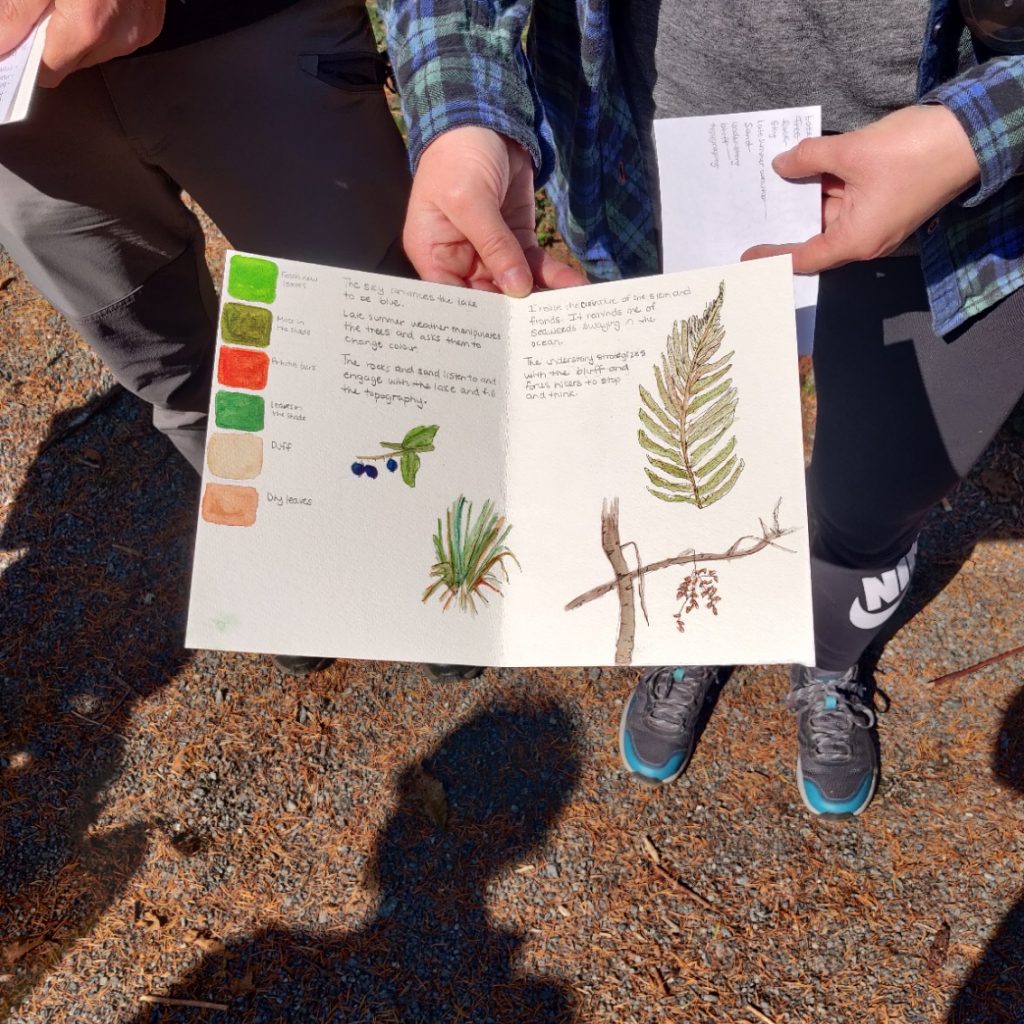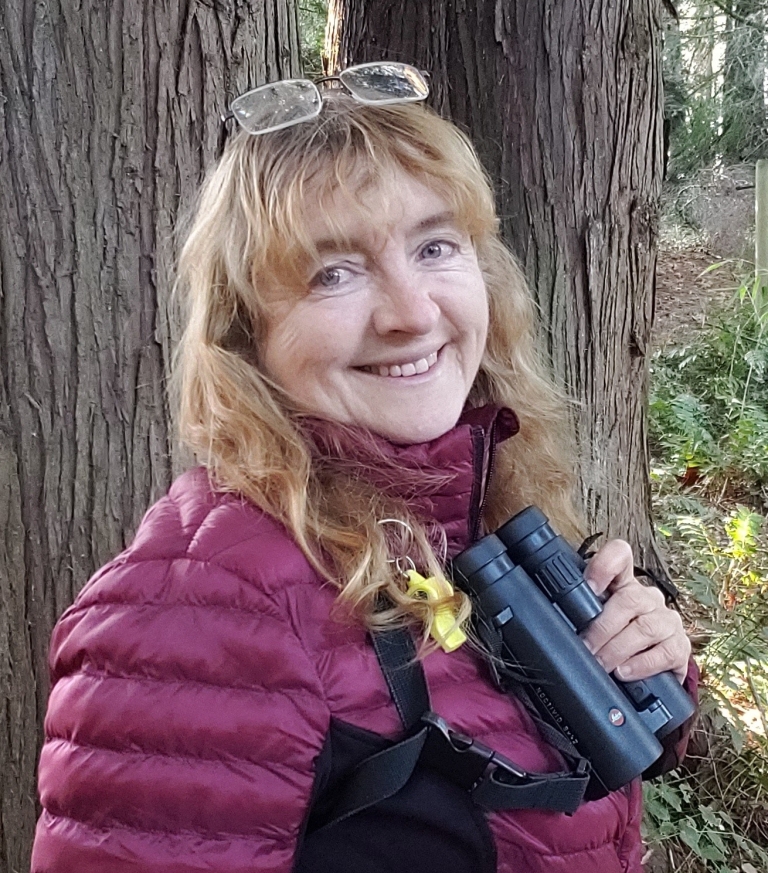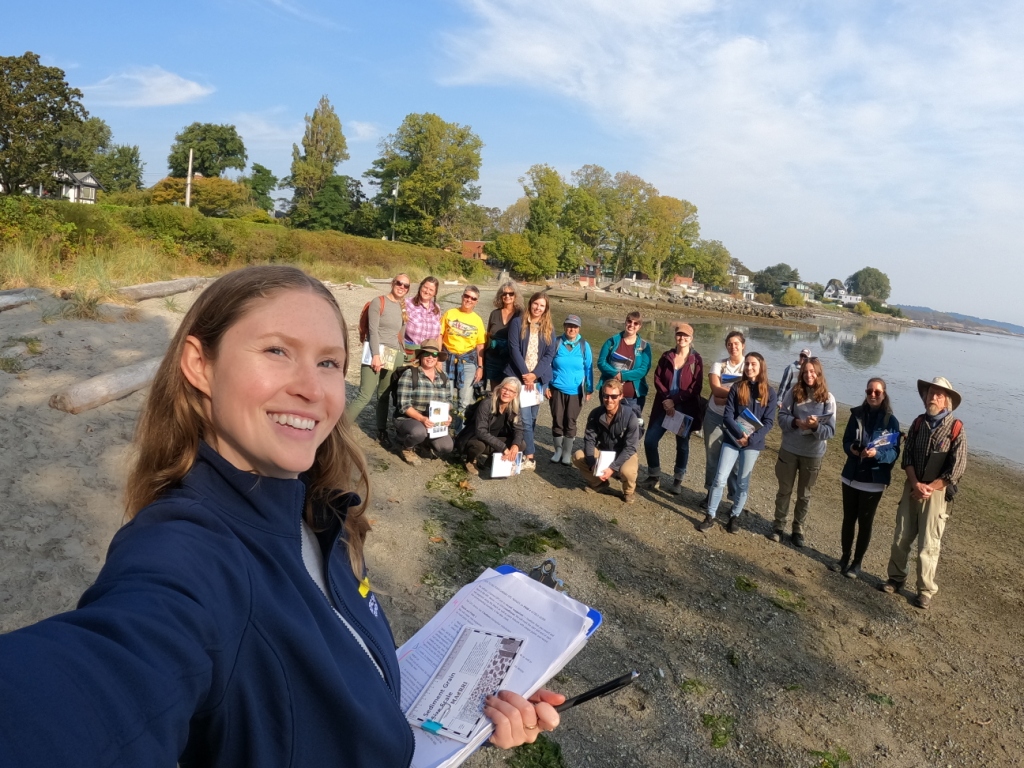BC is fortunate to have three active long-term species inventory projects. One of them is in Metchosin. At the end of 2023, the Metchosin Biodiversity Project had curated records of almost 3600 species from the District of Metchosin.
Since the records and record-keeping of the Metchosin Biodiversity Project were transferred to iNaturalist in 2018, the number of new species added to the database each year has been steadily increasing, from 120 in 2020 to more than 170 in 2023. And many more people have become involved in ferreting out these new species. You can see the current totals of species, people, and observations on the iNaturalist project page at https://inaturalist.ca/projects/metchosin-biodiversity (short link: https://bit.ly/metchosinbio).
This year, the Metchosin Biodiversity Project, in addition to its ongoing work in collecting and vetting iNaturalist records, also sponsored a one-day (October 21) collection of mushroom species samples, a MycoBlitz. Many of these collected mushrooms were put on display at the South Vancouver Island Mycological Society’s mushroom show at the Royal BC Museum (RBCM) in October 22. Metchosin residents received invitations to one part of the RBCM week-long Fungal Fest, an early screening of a new IMAX movie Fungi: Web of Life. The Metchosin Biodiversity Project also organized a November species survey of a Metchosin property located north of the old Sooke flowline. A dozen invited experts found and recorded—in just six hours—more than 400 species on the property. About 40 of these observations turned out to be species that hadn’t been previously noted in the District of Metchosin.
Here is quick review, broken down by category, of some of the species that were added to the Metchosin Biodiversity Project’s database in 2023:
Fungi. Forty new fungi were recorded. Joey Tanney of the Pacific Forestry Centre exercised his Big Expertise in Really Small Fungi to add ten new species to the database. Metchosin resident Bill Weir, who likes his fungi bigger than Joey’s, spotted mushrooms of about seven new species, including the sushi mushroom (Macrocystidia cucumis)—so named it smells like cucumber and fish. A regular contributor to the Metchosin count also found a new species of witch’s butter, Dacrymyces capitatus, proving once again that there are witches in Metchosin.
Lichens. A few lichens became part of the species count this year, but what caused the biggest lichen buzz was not a lichen itself, but a fungus growing on a lichen. During a cold January visit to Witty’s Lagoon, Gabe Schp found Unguiculariopsis lettaui, oakmoss spot, growing on lobes of the lichen Evernia prunastri, the oakmoss lichen. He made an iNaturalist record of it, and when this record was pointed out to local lichen expert Juliet Pendray, she was thrilled to hear that long-sought “little ung” (as she called it) had be found. A quickly-organized expedition by the Metchosin Biodiversity Project found and photographed Gabe’s stand of the little ung while it was still fruiting.
Birds. No additional mammals showed up for the count this year, but three birds that had not yet been catalogued in the database decided to visit Metchosin, all of them wandering outside of their typical ranges. Two of them were Say’s phoebe and Lewis’s woodpecker. The third was the grey catbird, Dumetella caroliensis, a vocal prodigy with long, complicated songs. It has a call that sounds a lot like a mewing cat.
Insects. About fifty insects and spiders entered the official Metchosin list in 2023. Darren and Claudia Copley, local spider experts, found a harvestman, Ortholasma pictipes, that hadn’t been noted before. Many of the new insects were photographed and identified by Metchosin residents Garry Fletcher and Mike Fischer, both participants in the University of Victoria’s Metchosin Insect Biomass project, a study supported by the Metchosin Foundation.
Vascular Plants. About twenty plants joined the Metchosin Biodiversity Project database in 2023. In June, the discovery of the exquisite blooms of Pyrola aphylla, leafless wintergreen, at a property along Rocky Point Road caused some excitement and brought people out to look. Leafless wintergreen is a mycoheterotroph—lacking chlorophyll, it makes a living by establishing a (possibly unequal) partnership with fungi. Not having leaves, however, doesn’t mean it has no flowers. The blooms of this wintergreen are a radiant magenta.
Bryophyes. A few new mosses and liverworts are catalogued each year. This year, the presence of the bryological specialist Randal Mindell at the November survey by the Metchosin Biodiversity Project of the north Metchosin private property added eleven new bryos, including a tiny tuft of the well-proportioned Orthotrichum columbicum.
Marine life. Ten or so of the new 2023 species were marine organisms. Angelica Save found Aeolidia loui. Its common name is the “warty shag-rug nudibranch,” a name much less beautiful than the creature that bears it. This sea slug has a superpower—it can chemically disable the defenses of the anemone it preys on.
It has been a great year, perhaps not for munched anenomes, but certainly for species counters. The Metchosin Biodiversity Project hopes that many more Metchosinites will take up their cameras and smartphones to help with the 2024 inventory, which has already begun.






